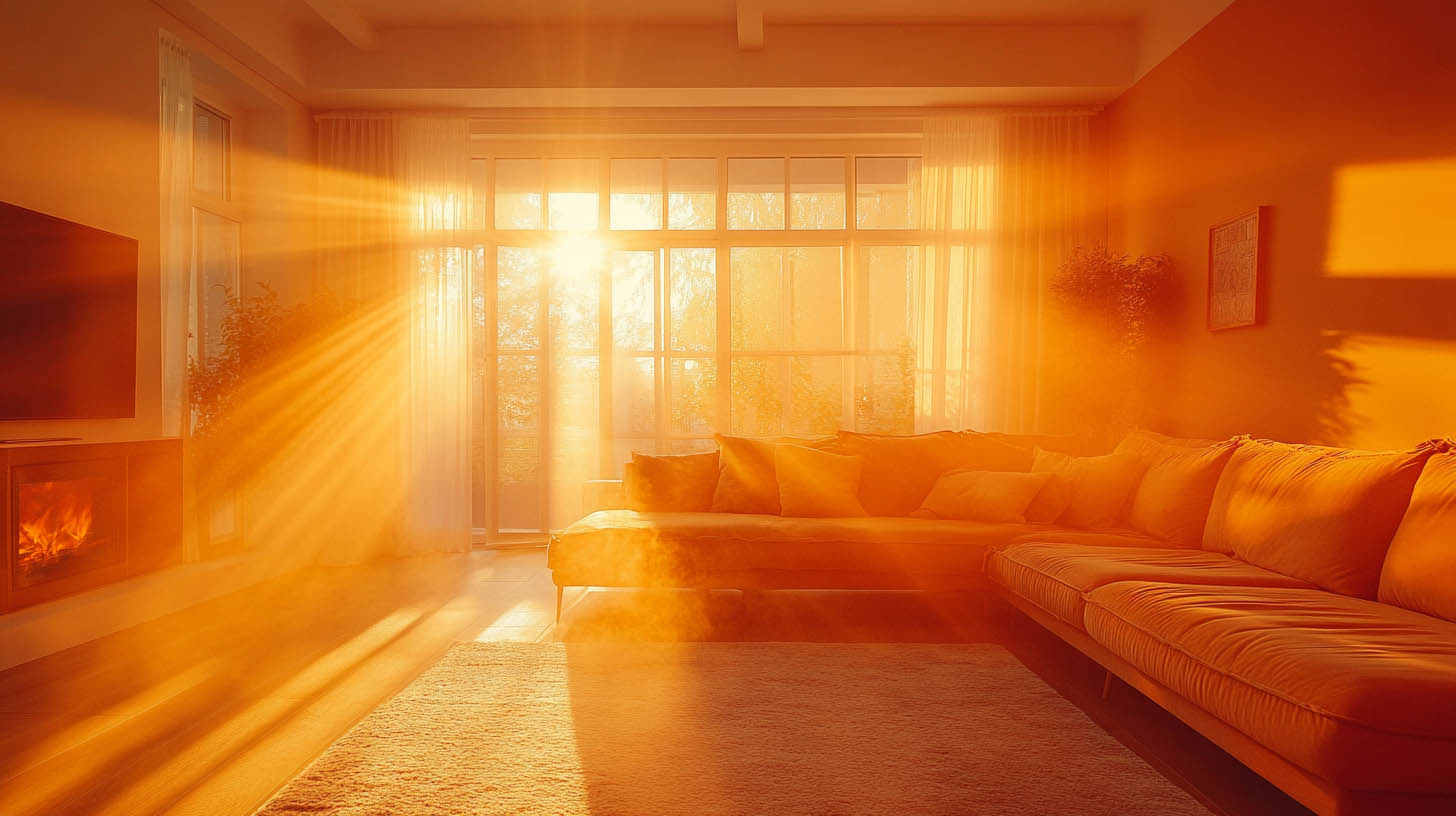Spring and summer seasons can bring hidden risks to your home, particularly from the sun. Without proper care and protection, various parts of your home can suffer significant heat damage. Champion Restoration and Construction highlights the most vulnerable areas and how to protect them. Champion Restoration and Construction provides essential tips for maintaining your home’s integrity against heat damage.
1. The Roof
Impact on Roofing Materials
The roof is particularly vulnerable to heat damage, especially if it’s made of asphalt shingles. Prolonged exposure to high temperatures and direct sunlight can cause shingles to blister, crack, and deteriorate. Even other materials like cedar shake and metal roofing can suffer if moisture gets trapped underneath.
Prevention Tips
- Regular Inspections: Schedule regular roof inspections to identify and address any early signs of damage.
- Reflective Coatings: Apply cool roof coatings to reflect sunlight and reduce heat absorption.
- Proper Ventilation: Ensure your attic is well-ventilated to prevent heat buildup.
2. Decks and Wooden Structures
Sunlight and UV Damage
Wooden structures such as decks are highly susceptible to damage from UV rays. Sunlight breaks down lignin, causing wood to discolor, crack, and peel. Without proper protection, your deck can quickly deteriorate.
Prevention Tips
- Stains and Sealants: Use high-quality stains and sealants designed to protect wood from UV rays and heat.
- Regular Maintenance: Reapply sealants and stains periodically to maintain the protective layer.
- Shade Solutions: Consider installing awnings or pergolas to provide shade and reduce direct sunlight exposure.
3. Siding
Effects of Sunlight and Heat
Siding can suffer from both direct sunlight and the heat it generates. Sunlight can cause siding to fade and wear down, while heat can accelerate mold and rot if moisture gets behind the siding.
Prevention Tips
- Routine Inspections: Regularly inspect your siding for cracks, punctures, and other damage.
- Timely Repairs: Address any damage immediately to prevent further deterioration.
- Quality Materials: Use siding materials that are resistant to UV rays and heat.
4. Exterior Paint
Heat and Sunlight Effects
Heat and direct sunlight can have a detrimental effect on exterior paint, causing it to expand, crack, and peel. As the paint deteriorates, it exposes your home’s underlying surfaces to moisture, which can lead to more severe issues. Prolonged exposure to moisture can result in mold growth, wood rot, and other structural problems over time. This deterioration not only compromises the aesthetic appeal of your home but also jeopardizes its structural integrity. To prevent these issues, it’s crucial to use high-quality, UV-resistant paint and ensure regular maintenance and touch-ups to protect your home’s exterior and preserve its longevity.
Prevention Tips
- Elastomeric Coatings: Use paints or treatments with elastomeric coatings that allow the paint to breathe and retain its form.
- Regular Maintenance: Repaint or touch up areas as needed to maintain a protective barrier.
- Shade and Protection: Consider installing shade structures to protect painted surfaces from direct sunlight.
Conclusion
Protecting your home from heat damage involves regular maintenance, timely repairs, and using high-quality materials designed to withstand the elements. By focusing on these four areas—roof, decks, siding, and exterior paint—you can significantly reduce the risk of heat damage and extend the lifespan of your home’s components.
For more information on Essential Tools Every Handyman or Handywoman Should Have, click here.

